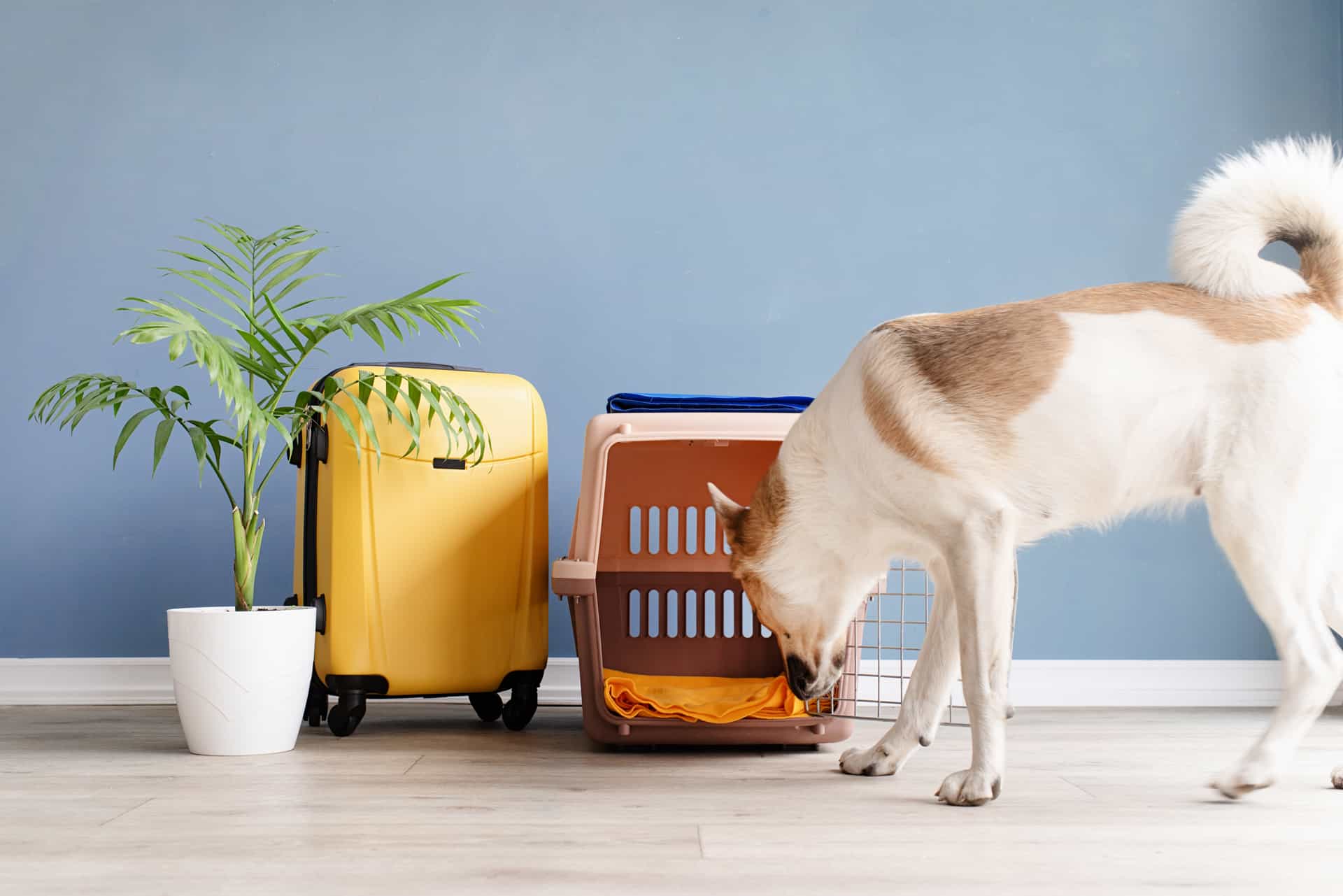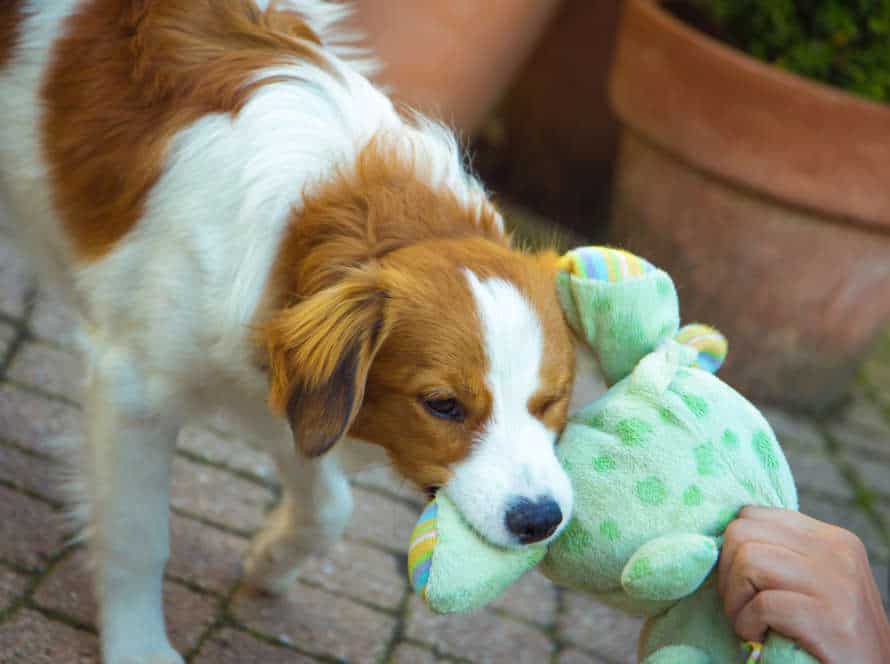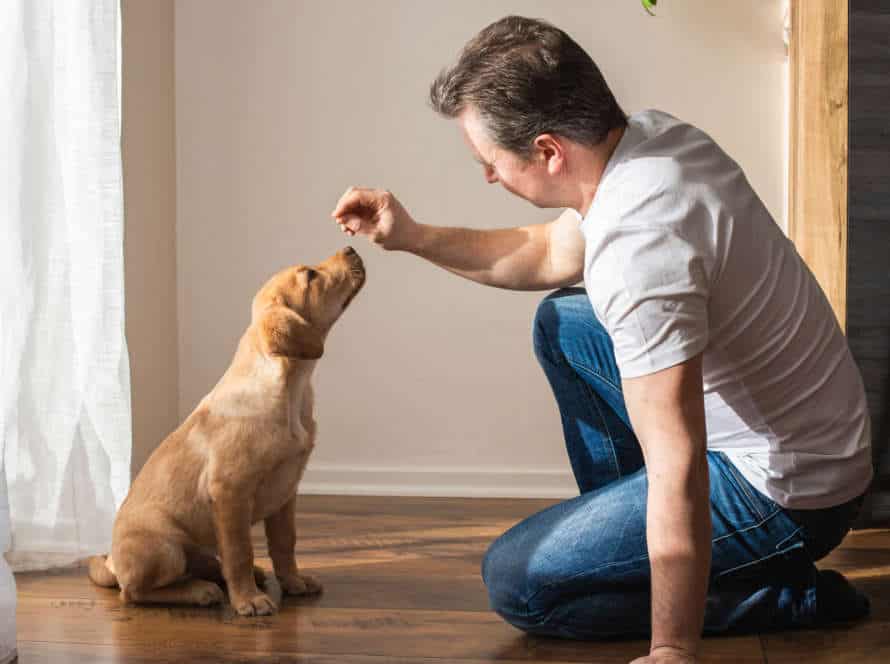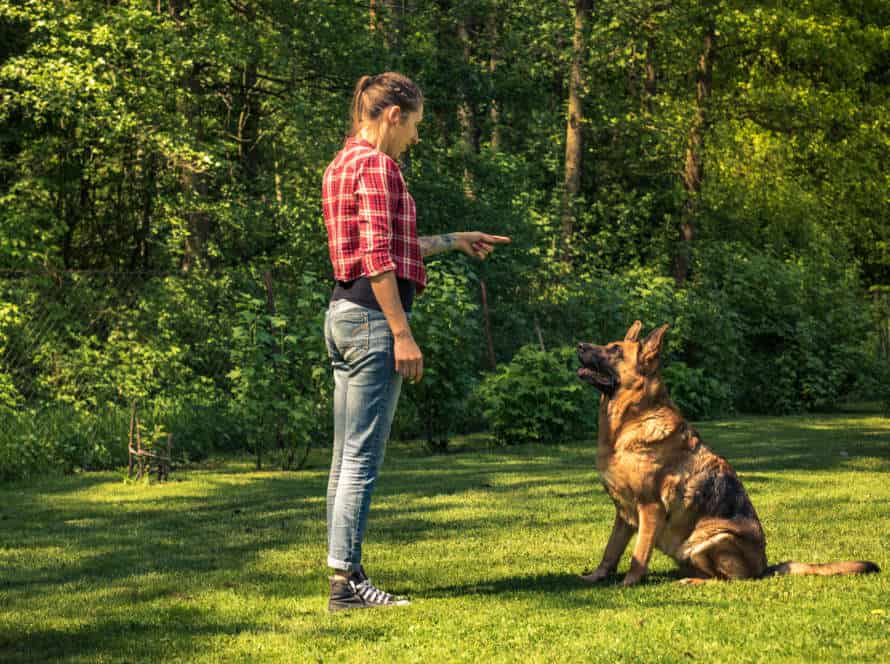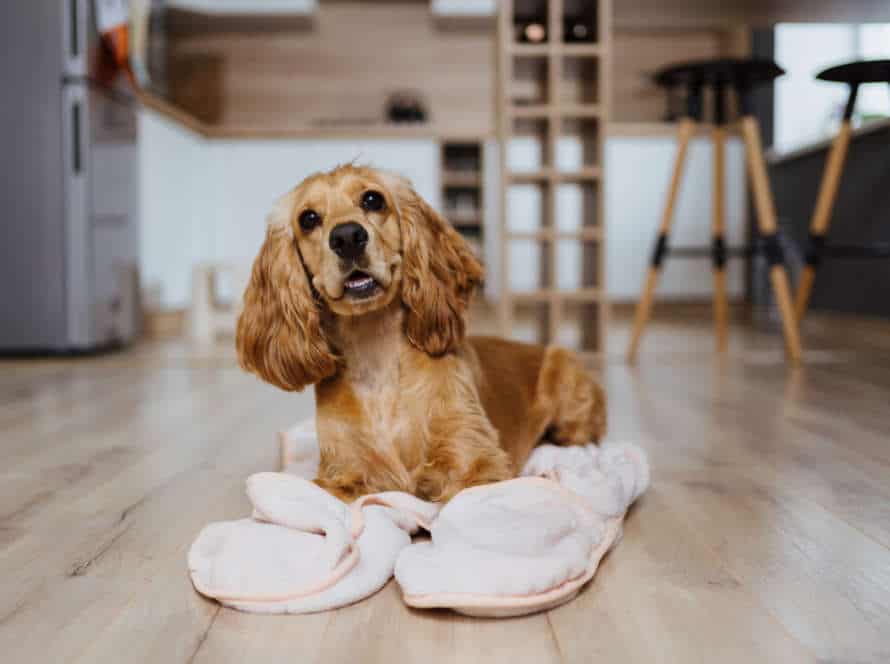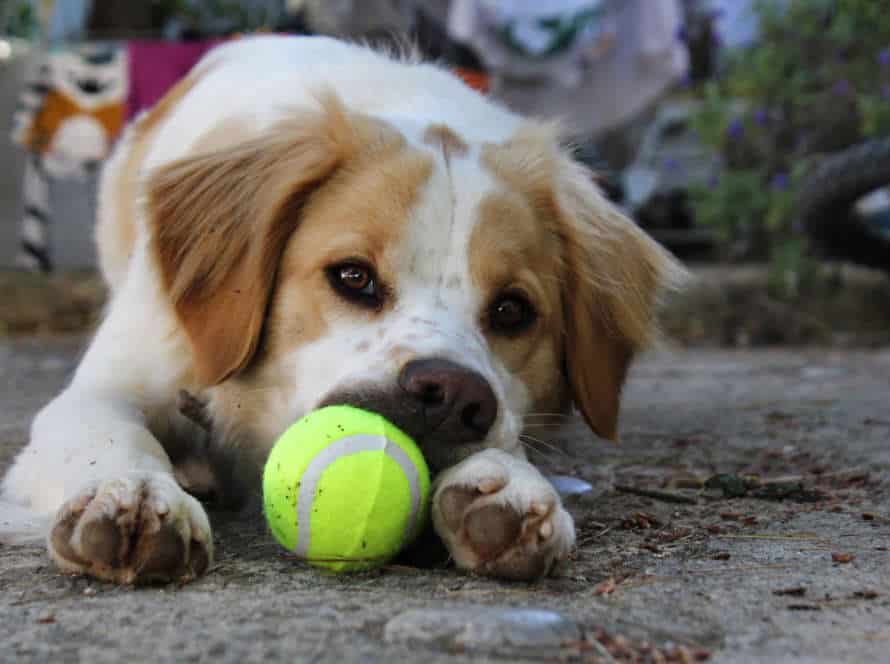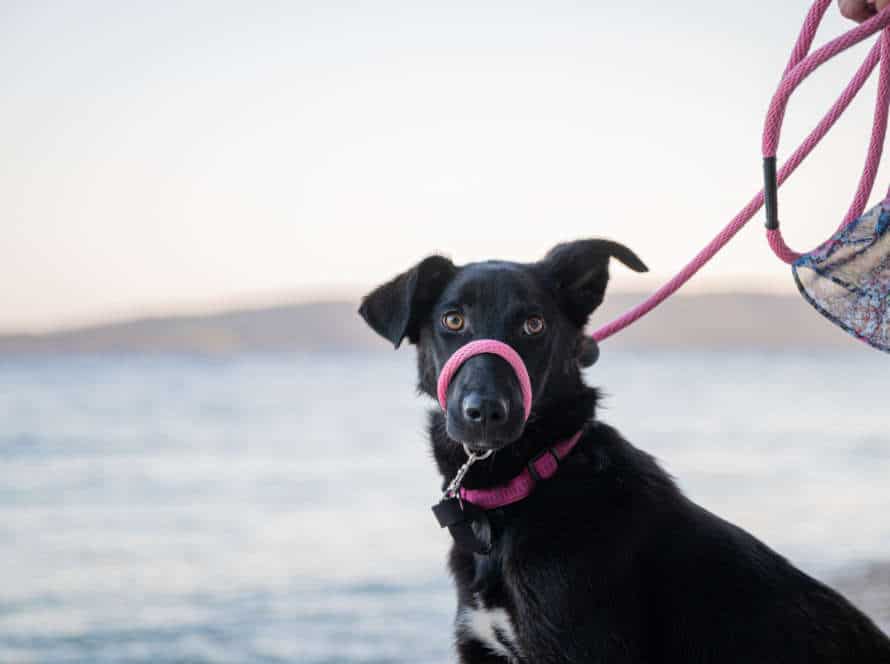How to Make the Crate Your Dog’s Happy Place
Creating a happy spot for your pooch is a must-do task for all dog owners. Here are some tips to make the crate a more pleasant experience:
- Get it comfy: Put a soft blanket or doggy bed inside to make it cosy and stress-free.
- Introduce your pup: Familiarise your dog with the crate, using positive reinforcement and treats.
- Make it fun: Give your pup toys or chew bones while they’re in the crate. This will keep them entertained.
- Don’t punish: Never use the crate as punishment, as it could cause negative feelings.
By following these steps, your furry friend’s crate can be a sanctuary, where they can chill out without any worries!
Outline-
Crate training can be effective for providing a safe and comfortable space for your pooch! Here’s how to make the crate their happy place:
- Introduce the crate to your dog slowly. Reward them with treats and praise.
- Make sure the crate is the right size for them – big enough to stand, turn and lie down.
- Fill the crate with cozy bedding and toys.
- Put the crate in an area where they can see and hear you, but also have privacy.
- Use the crate as part of their routine. Give meals and treats inside, use it for naps and quiet time.
By following these steps, your pup can learn to love their crate and use it as a happy place!
Why make the crate the happy place for your dog
Create a happy space for your pup! It’ll be the best thing you do for them. This secure environment will help them feel safe and give them a routine. Let’s look into why it’s important to make the crate their happy place.
Understanding a dog’s natural instincts towards a den
Dogs are den animals. So, to make them feel at home, create a comfy crate. Understand their natural instinct towards a den. Here’s what to do:
- Line the crate with blankets, pads or soft fabrics.
- Offer treats or favorite toys as positive reinforcement to make them enter.
- Let them get used to the crate gradually. Start with short periods and increase it.
- Never use the crate as punishment. This creates negative feelings.
By understanding their nature and creating a welcoming environment, you can make the crate an inviting space.
Pro Tip: Put the crate in a quiet spot away from loud noises. This gives them a sense of security.
Addressing the reasons for a dog’s fear of being in a crate
A canine may dread crates for many reasons – like bad past experiences, distress from being apart, or inadequate crate training.
To make the crate a great spot for your pup, try these ideas:
- Present the crate as a secure and positive place to the dog with yummy treats, toys, and a comfy bed.
- Avoid shoving your pup in the crate or employing it as a penalty.
- Progressively extend the time your pooch spends in the crate and reward good behavior with treats or compliments.
- Give your pup lots of exercise and mental stimulation outside the crate to reduce their anxiety.
- If your dog still seems afraid of the crate, seek advice from a professional trainer or behavior expert for added support.
Helping a dog associate the crate with positive experiences
Making your pooch’s crate a good space is key to make sure they are secure and relaxed when inside it. Here’s how to make them see it as a happy place:
- Introduce it slowly, giving your pup time to investigate.
- Place treats, toys, and cozy bedding inside.
- Start by feeding in the crate and move the bowl back when they are calm.
- Give treats and compliments when they enter willingly.
- Connect the crate to positive activities like napping or being petted.
By following these tips, your furry friend will be pleased to stay in the crate, making it a great, necessary spot.
Choosing the right crate and its location
Choosing the perfect crate for your pup is key! Get one that’s the right size and comfy. Place it in an area of the house where your dog feels safe. Here, we’ll explore how to pick the best crate and its ideal spot.
Factors to consider when choosing the right-sized crate
When picking the right crate size for your pup, there are several things to take into account.
- Size: It should be big enough for your pup to stand up, turn around and lie down easily. Not too big though, as it could make them feel uncertain and they may soil it.
- Material: Think about the material of the crate, like the metal or plastic used, or the coating or finish. Some materials are more robust, while others are lighter or rust-resistant.
- Location: Pick somewhere quiet, away from high traffic and with good ventilation. Avoid spots that are too hot, cold or draughty.
- Purpose: Consider why you need the crate – for training, transport or a safe and secure spot for your pup to hide away in. Choose a crate that meets these requirements.
- Comfort: Put comfortable bedding, such as blankets or a dog bed, in the crate to make it a cosy and inviting spot for your pup to relax.
By thinking about these factors, you can pick the right crate size and turn it into a happy place, promoting your pup’s general well-being and contentment.
Best location for the crate within your house
Choosing the perfect spot for your pup’s crate is key to making it a place they love – a safe and cozy space for them to relax and rest. Here are a few tips to pick the best spot:
- Opt for a peaceful and comfy corner of your home with not much foot traffic.
- Say no to areas like basements or garages which may make your pet feel left out.
- Keep the crate close to where you and your family hang out most, like the living room, so they can still be part of the family even when inside the crate.
- Make sure the location isn’t too hot/cold, away from direct sunlight, and not draughty or stuffy.
- Finally, to make the crate their happy place, always link it to positives – like feeding them inside, giving them treats and toys, and rewarding them when they go in on their own.
Personalize the crate to attract your dog with his favorite toys and bed
Personalize your pup’s crate with their favorite toys and bedding for a happier space. Here are some ideas to make it more appealing:
- Pick a crate that fits your dog – enough room to stand, turn & lie.
- Put it in a low-traffic area, away from distractions & noise.
- Line the bottom with a soft blanket or mat.
- Add toys, chews & treats, plus a bed or cushion.
- Spend time near the crate, praising and rewarding them. This will link positive experiences to the crate & reduce anxiety.
Follow these tips & create a crate your pup will love & retreat to when needed.
Introducing your dog to the crate
A crate can give your pup a protected and cosy place. It’s vital to get your dog used to it. This piece will explain the best ways to make the crate their happy place. Take the time to make sure they’re content and relaxed in it.
Understanding the right way to introduce the crate to your dog
Introducing your pup to the crate may seem intimidating. It’s key to make it a comfy, positive spot for your furry friend. Here are a few tips to achieve this:
- Create coziness – Place a soft blanket and some toys in the crate.
- Introduce the crate slowly – Get your pup familiar with the crate by having them in it for short amounts of time. Entice them to enter with treats or toys.
- Don’t force them – Use positive reinforcement and treats to encourage your pup to join the crate.
- Make it a positive experience – Reward pup with treats and praise when they enter willingly.
- Leave the crate open – At the beginning, keep the door open so they can move freely.
With patience and encouragement, your pup will come to see the crate as a sanctuary and a place to go when feeling overwhelmed.
Using treats and positive reinforcement to make the crate a positive experience
Introducing your pup to a crate can be tricky. But you can make it fun! Use treats and positive reinforcement. Here’s how:
- Put treats near the crate to get your dog’s attention.
- Gradually move them closer until they’re inside.
- Leave treats in the crate to let your pup explore.
- Close the door for a few seconds while giving praise and treats.
- Gradually increase the time with the door closed, rewarding good behavior.
Make the crate a happy place with treats and praise. With patience and consistency, your pup will love their crate as a safe, comfy space.
Gradually increase the crate time and alone time
Increasing your pup’s crate and lone time gradually is a great way to make it their fave place. Here’s how:
- Start with just 5-10 minutes and up the time.
- Use treats, toys and positive reinforcement so they associate it with good stuff.
- Practice leaving them alone for short periods, beginning with a few minutes, then building up to an hour and more.
- Provide H2O, comfy bedding and chew toys to keep them busy.
- Never force ’em in or use the crate as punishment. This could make them not like it.
By following these steps, your pup will learn to love their crate and feel comfy being solo.
Common mistakes to avoid
Creating a crate for your pup? Remember, mistakes can happen. Avoid buying a size that’s wrong, get the right type of bedding, and make it cozy. Knowing which mistakes to avoid is key. Here are some common ones to be aware of when crafting a safe and comfy crate for your pup.
Lack of patience and consistency
A frequent mistake when crate training a pup is lack of patience and constancy. It’s a slow procedure, needing lots of energy and constancy from the owner. To shun this mistake, here are some tips:
- Begin with short crate times and slowly raise as the dog becomes more content.
- Employ positive reinforcement like treats and toys to motivate the dog to enter the crate.
- Every time you communicate with your pup, use a quiet and inspirational tone.
- Be regular with rules and goals when crate training.
Patience and consistency will make crate training a positive experience for both you and your pup.
Using the crate for punishment or not letting the dog out
Using the crate as a form of punishment is a no-go. Don’t keep your dog inside when they should be outside. To make the crate your pooch’s happy place, here’s what you can do:
- Introduce the crate in a positive way. Use treats, toys, and praise to get your pup excited.
- Never use the crate as a form of punishment. Dogs need play, exercise, and socializing.
- Make it comfy. Use bedding, blankets, and toys to create a den-like atmosphere.
- Set up a daily routine that includes crate time but also other activities. Plus, time for your pooch to be with you and other dogs.
Pro tip: Crate-trained dogs are less likely to have anxiety and behavioral issues.
Ignoring the dog’s physical and emotional needs while in the crate
It’s a common mistake for pet owners to ignore their dog’s physical and emotional needs when crated. This can lead to anxiety, stress and other behavioural issues.
Here are some points to keep in mind to make the crate a happy place:
- Size it right. Enough room to stand, turn around and lie comfortably.
- Add a soft blanket or bed.
- Have fresh water available, especially when in for a long time.
- Reward your pup with praise and treats when they go in the crate. This will link the crate with positive experiences.
- Never use the crate as a punishment. This will create negative feelings and can cause behavioural issues.
Additional tips and tricks
Once you’ve made your pup’s crate comfy, there are even more ways to make it an attractive spot. Positive reinforcement, toys and stimulating activities can help. Here’re some ideas to make your pup’s crate a happy place. Let’s explore them!
Consistent feeding and watering schedule
To keep your pup in tiptop shape and happy, it’s important to have a consistent feeding and watering schedule. Here’s what to do:
- Set a time for feeding each day and stick to it. This will help with creating a routine and avoid over or under eating.
- Always make sure there’s clean and fresh water available.
- Choose quality dog food that meets their nutritional needs.
- Keep an eye on their weight and adjust their feeding if needed.
- Make sure they get enough exercise to stay healthy and active.
For extra help, talk to your vet. They’ll be able to advise on the best feeding and exercise schedule for your pup’s breed, age, and health conditions.
Calming music or a white noise machine
Create a relaxed environment for your pup in the crate by playing calming music or using a white noise machine. Studies have shown that music and noise can help reduce stress in dogs. It also blocks out outside distractions, providing a sense of security.
To make the crate a positive place, gradually introduce your pup to it. Give them comfortable bedding and toys, and use positive reinforcement techniques. With patience and consistency, your pup can learn to feel at ease in their crate.
Proper exercise and mental stimulation to support crate training success.
Exercise and mental stimulation are essential for successful crate training your furry companion. Here’s how to make it their happy spot:
- Link the crate to good experiences by putting their favorite toys, snacks and bedding inside.
- Before putting them in the crate, ensure your dog has enough exercise and playtime.
- Stimulate their minds with interactive toys that give out treats. And place the crate in an area with exciting sights and sounds.
- Never use the crate as punishment. This can create fear and anxiety.
- Reward your pup for going into the crate on their own and staying calm. This will help them to see their crate as a comfy and safe place for resting.
By following these tips, your pup will soon love their crate!
Frequently Asked Questions
Q: How can I make my dog comfortable in their crate?
A: A few ways you can make your dog comfortable in their crate include: lining the bottom with a comfortable blanket or bed, placing a toy or two inside, and gradually increasing the amount of time they spend in there.
Q: What if my dog doesn’t want to go in their crate?
A: Start by placing a high-value treat or toy inside the crate to encourage them to explore. You can also try feeding them their meals in the crate to create a positive association.
Q: How long can my dog stay in their crate?
A: The amount of time a dog can stay in their crate varies depending on their age and energy level. As a general rule, puppies should not be crated for more than a few hours at a time, while adult dogs can usually handle 4-6 hours.
Q: Can I use the crate as punishment?
A: No, the crate should never be used as punishment. It should always be a safe and comfortable space for your dog to relax in.
Q: Should I leave toys or water in the crate?
A: It’s fine to leave a few toys in the crate for your dog to play with, but it’s generally not recommended to leave water inside as it can spill and create a mess.
Q: Are there any safety tips I should know when using a crate?
A: Always make sure the crate is the appropriate size for your dog, and never leave them unattended while in the crate with a collar or harness on. It’s also important to properly secure the crate and ensure there are no sharp edges or loose parts that could be harmful to your dog.

